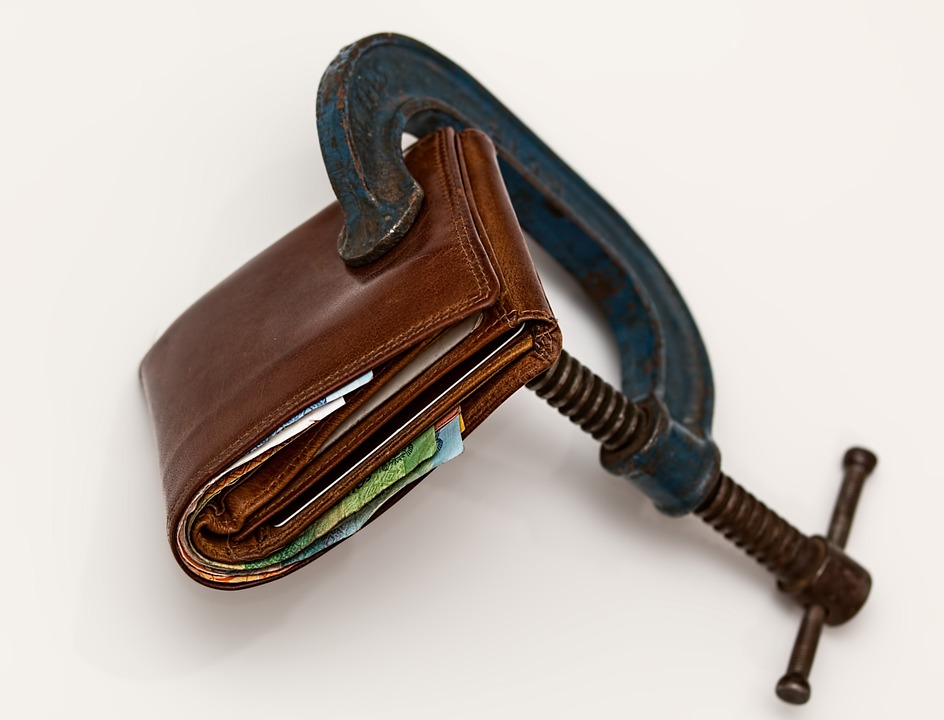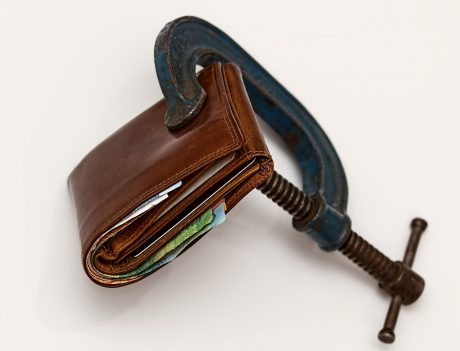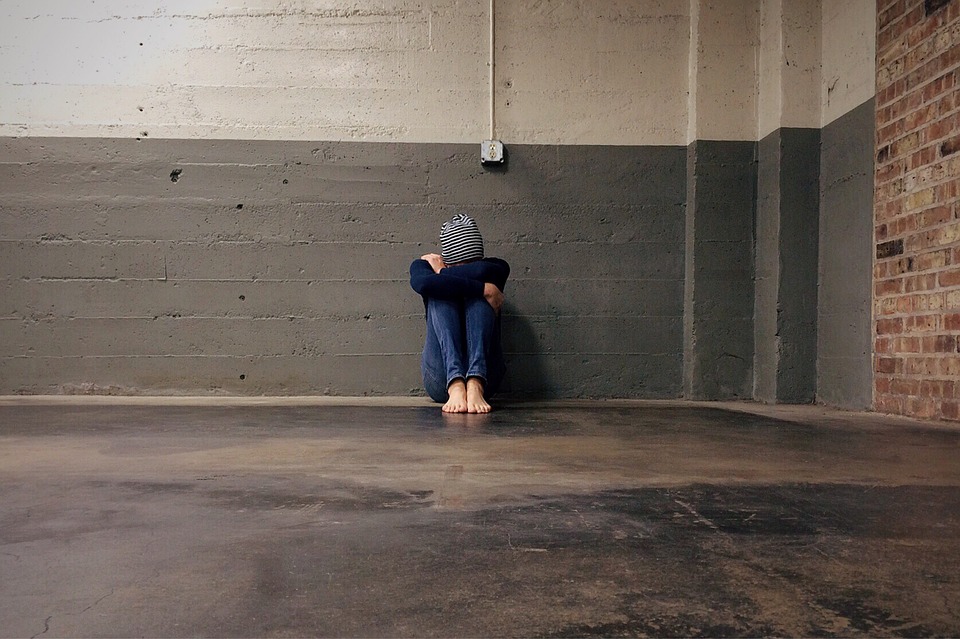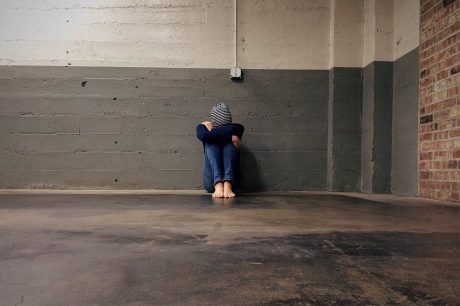 The U.S. economy is not doing nearly as well as the mainstream media would have you believe. A few days ago I wrote about a new study that discovered that nearly 51 million U.S. households “can’t afford basics like rent and food”, and just yesterday I discussed the fact that we are on pace for the worst year for retail store closings ever. Now we have just gotten new numbers from the Federal Reserve which are absolutely staggering. According to the Fed’s latest study, more than 4 out of every 10 Americans do not even have enough money to cover an unexpected $400 expense without borrowing the funds or selling something. In essence, nearly half the country has no significant financial cushion whatsoever. So what are all of those people going to do when the next economic crisis hits?
The U.S. economy is not doing nearly as well as the mainstream media would have you believe. A few days ago I wrote about a new study that discovered that nearly 51 million U.S. households “can’t afford basics like rent and food”, and just yesterday I discussed the fact that we are on pace for the worst year for retail store closings ever. Now we have just gotten new numbers from the Federal Reserve which are absolutely staggering. According to the Fed’s latest study, more than 4 out of every 10 Americans do not even have enough money to cover an unexpected $400 expense without borrowing the funds or selling something. In essence, nearly half the country has no significant financial cushion whatsoever. So what are all of those people going to do when the next economic crisis hits?
Sadly, living on the edge has become a daily reality for tens of millions of Americans. The following is from a CNN article about the Fed’s new report…
Can you cover an unexpected $400 expense?
Four in ten Americans can’t, according to a new report from the Federal Reserve Board. Those who don’t have the cash on hand say they’d have to cover it by borrowing or selling something.
According to the report, the exact figure is 41 percent.
41 percent of all U.S. adults cannot cover an unexpected $400 expense.
Let that number sink in for a moment.
I am sorry – if you can’t come up with $400 right now without borrowing it, you are broke. And as of right now that is the financial condition of 41 percent of all Americans.
Amazingly, the Federal Reserve is actually trying to spin this report as good news…
“This year’s survey finds that rising levels of employment are translating into improved financial conditions for many but not all Americans,” Fed Governor Lael Brainard said.
Really?
Fortunately, there are others that are seeing right through the spin and are telling it like it is…
“The finding that four-in-ten adults couldn’t cover an unexpected $400 expense without selling something or borrowing money is troubling,” said Greg McBride, chief financial analyst at Bankrate.com. “Nothing is more fundamental to achieving financial stability than having savings that can be drawn upon when the unexpected occurs.”
And that wasn’t the only bad news in the report.
Here are some more incredible facts from the report as summarized by Zero Hedge…
- One-third of those with varying income, or 10 percent of all adults, say they struggled to pay their bills at least once in the past year due to varying income
- Over three-fourths of whites were at least doing okay financially in 2017 versus less than two-thirds of blacks and Hispanics.
- Over a quarter of young adults ages 25 to 29, and slightly more than 1 in 10 in their 30s, live with their parents.
- Over two-fifths of young adults in their late 20s provide financial assistance to their parents
- Nearly 25 percent of young adults under age 30, and 10 percent of all adults, receive some form of financial support from someone living outside their home.
- While 8 in 10 adults living in middle- and upper-income neighborhoods are satisfied with the overall quality of their community, only 6 in 10 living in low- and moderate-income neighborhoods are satisfied
- Seven in 10 low-income renters spend more than 30 percent of their monthly income on rent
And on top of all of that, here is one more really alarming number to chew on…
Even without an unexpected expense, the report reveals, 22% of adults expected to forgo payment on some of their bills in the month of the survey. “One-third of those who are not able to pay all their bills say that their rent, mortgage, or utility bills will be left at least partially unpaid.”
When 22 percent of the people in your country cannot pay their bills this month, that is called a crisis.
Yes, we are hopeful for better things for the U.S. economy under President Trump. But the current blind optimism that we are witnessing out there right now is simply absurd…
A new poll shows an overwhelming number of Americans believe President Trump is playing a positive role in the current state of the economy.
The CBS survey reveals almost 70% of respondents think the president is –either mostly or somewhat– responsible for the current economic climate.
Additionally, around 65% of Americans believe the economy is doing well, compared to under 10% who think it’s doing ‘very poorly.’
Ladies and gentlemen, the U.S. economy has not had a full year of 3 percent GDP growth since the middle of the Bush administration.
This is the longest stretch of below 3 percent growth in all of U.S. history by a very wide margin.
So please don’t try to tell me that the U.S. economy is “doing well” until we can get back above that 3 percent number.
The sad truth is that we have been in a very long period of economic stagnation, and during this period wealth is being increasingly concentrated at the very top of the pyramid and the middle class is being systematically eviscerated.
Tens of millions of families are just barely scraping by from month to month, and when an unexpected emergency happens that is often enough to push a lot of families completely over the edge.
In fact, my good friend Daisy Luther recently wrote about how this actually happened to her own family…
Before my daughter’s illness, I was doing everything “right.”
- I had enough money in my emergency fund to carry me through 3 lean months
- I had numerous credit cards with zero balances
- My only debt was my car
- My kids are going to school without student loans
- I opted out of health insurance because it was more financially practical to pay cash (and I still agree with that decision)
Everything was great.
Until it wasn’t.
I am sure that many of you can identify with Daisy.
Most of us have had a life-altering event cause serious financial stress at some point. And close to half the country is completely unprepared for such an event.
For years, I have been strongly encouraging my readers to build up their emergency funds, because one thing that you can count on in life is that the unexpected will happen. Having a good financial cushion is one of the best things that you can possibly do for yourself and your family financially, and if you haven’t gotten started on that yet, I would urge you to do so as soon as possible.
Michael Snyder is a nationally syndicated writer, media personality and political activist. He is the author of four books including The Beginning Of The End and Living A Life That Really Matters.














